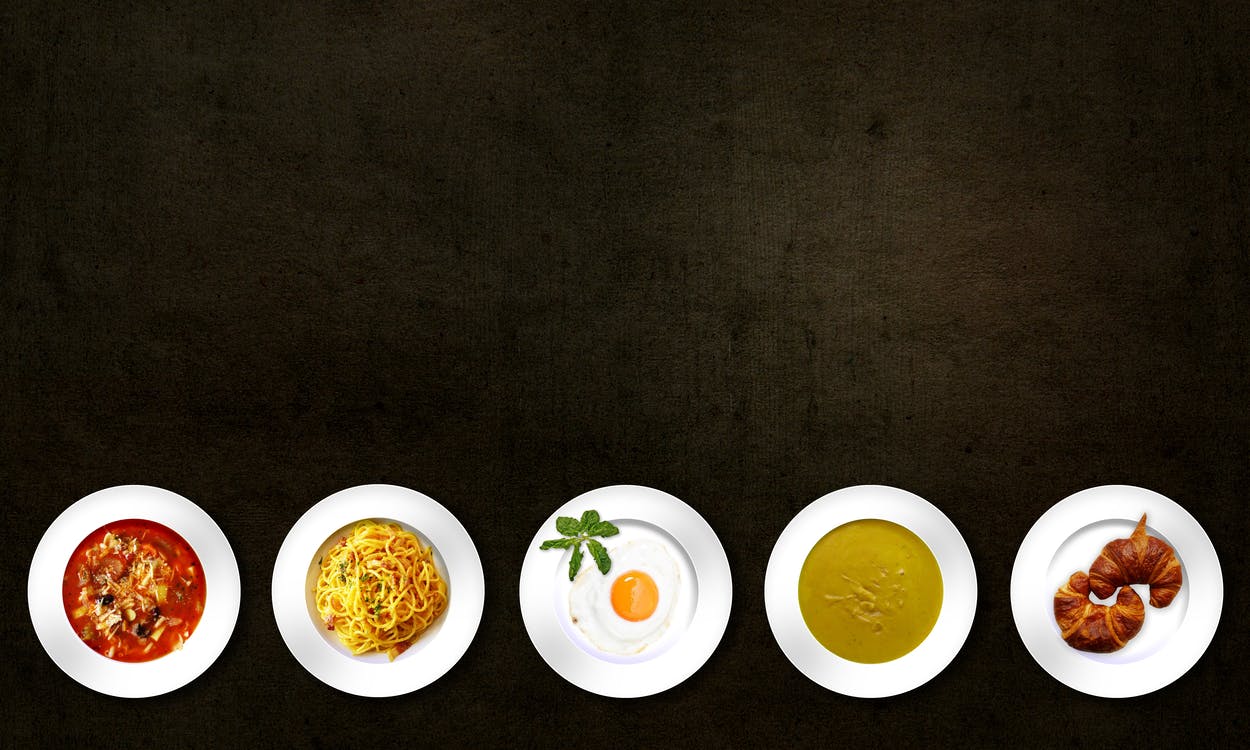Nothing excites me more than when someone first considers healthy eating. Nutrition, after all, is where exercise and results meet. “You can’t out-exercise a bad diet” is a cliche, but oh-so-true. Unfortunately, there is so much noise in the world of fitness and nutrition that new, well-meaning healthy eaters are easily distracted.
Avoid these 5 Healthy Eating Mistakes to Optimize Your Nutrition (and your wallet).
1. You’re not eating enough protein.
Seriously. You’re probably not. Most people I’ve met with feel like they’re eating enough and it typically ends up being 1/2 the recommend amount. A good place to start is to eat a piece of lean meat the size of your palm at every meal. That’s about 6-7 ounces, or roughly 35-40 grams of protein per meal.
For active people, you can shoot for about 1/2 gram to 1 gram of bodyweight. Simply track how many palm-sized portions of protein you eat daily and shoot for 3-5 servings.
2. Fruits and Vegetables ARE NOT the same thing.
When you were first learning about healthy eating, you probably looked at the Food Guide Pyramid. In the original pyramids, fruits and vegetables were on the same level. Lumping them together is prevalent in our discussions of healthy eating. “Eat your fruits and vegetables!”
Both fruits and vegetables are “healthy” foods, but are VERY different nutritionally. Fruits tend to have lots of sugar (albeit “healthy” sugar) and are calorically dense. Vegetables, on the other hand, tend to be less calorically dense, have tons of fiber, and very little sugar. As a ratio, you should aim to eat 2-3 times as many vegetables as fruit. So, for every apple (about 65 calories) you eat, aim to eat at least twice as many vegetables. In the case of an apple, you should aim to eat about 4 CUPS of broccoli. That’s a lot of veggies.
Chances are, you’re eating more fruits than vegetables. Aim to have the majority of your meals consist of vegetables and save fruits for after a workout or as a dessert if you have a sweet tooth.
3. You’re drinking your calories.
Smoothies, juices, and shakes. These all sound super-healthy, right? Yes, they can be healthy and they’re certainly convenient… Convenient. Convenience should immediately sound off an alarm in your brain. The more convenient a food or food-like substance is to consume and transport, the less likely it is to contain adequate nutrients, fiber, and protein.
Remember what we said about vegetables and fruit NOT being the same? Smoothies that taste even halfway decent usually taste that way because they’re loaded with sugar (fruit). If you’re in the habit of making a smoothie each morning, try chewing the individual ingredients instead.
There’s a caveat to this one, though. If you need to gain weight or struggle to consume adequate calories, by all means, drink your calories. If you’re trying to lose weight, you’d be better off chewing 500 calories over the course of 20 minutes instead of drinking them in two minutes.
4. You’re eating food-like stuff.
This space is full of powders, pills, supplements, and “health” food. There’s only one type of health food – single ingredient items that were once alive. Plants, animals, fruits, nuts, and seeds. A gluten-free pizza is still pizza. “Paleo” brownies are brownies. A “healthy” smoothie is still 500-700 calories.
You should be able to look at what you’re eating or drinking and identify each component of the meal. Salmon, potatoes, and green beans can each be identified in both their raw and prepared state. A smoothie cannot. A magical “vegetable powder” cannot either. Don’t mistake Health Food for healthy food.
5. You’re doing too much too soon.
Most people I see that are focused on healthy eating can maintain “total transformation” for about two to three weeks. Think: New Year’s Resolution transformation. You empty your cupboards of all junk food, do weekly meal prep, weight and measure everything, and start working out hardcore everyday.
This type of extreme transformation happens in momentary instances of motivation. The problem is that real life ultimately settles in. You get stressed, your schedule is challenged, or you go on vacation and then it’s all out the window. Unfortunately, you were just a few weeks from seeing results.
Think of your healthy eating habits over the course of a year. In 365 days, you should aim to be on the right track for the majority of those days. If you’re good Monday-Wednesday but fall off the wagon from Thursday night through Sunday, you’re still eating “healthy” for the minority of the time.
Instead of thinking of things in days and weeks, begin to think about sustainability in terms of years of generally good habits. Avoid extreme “challenges” or “diets.” Think more in terms of lifestyle changes over the long-term. You’ll begin to see positive results after about 12 weeks, then you’ll be motivated by more results.

